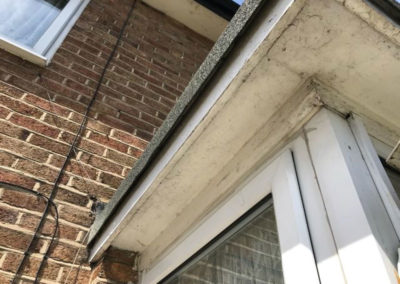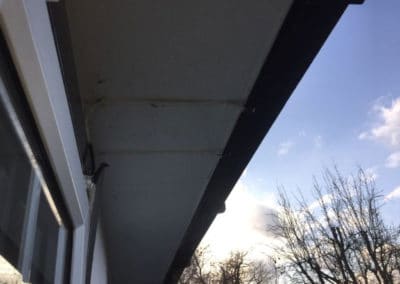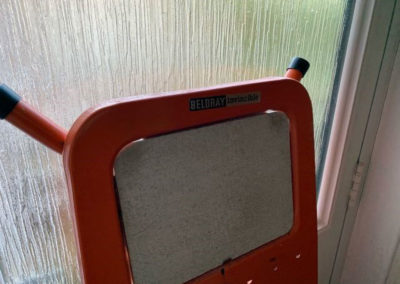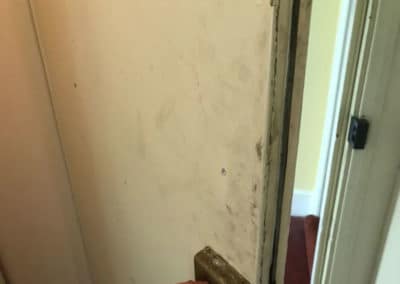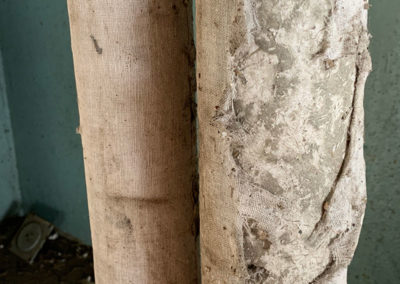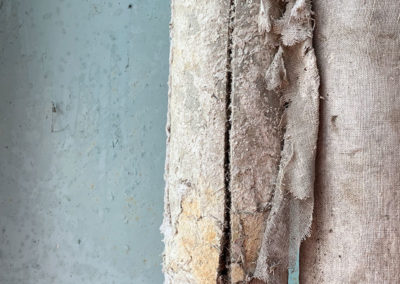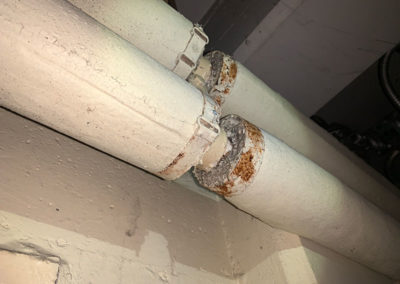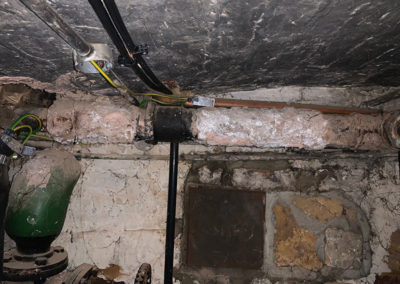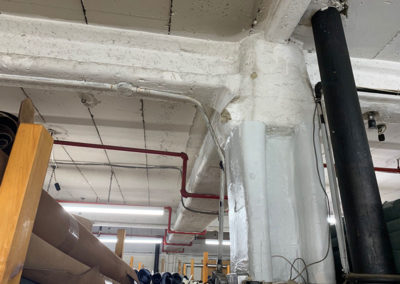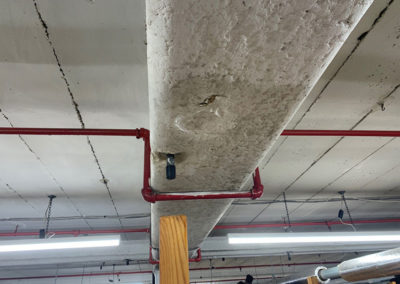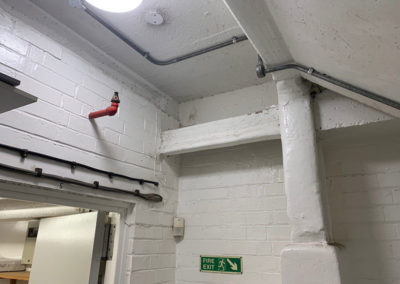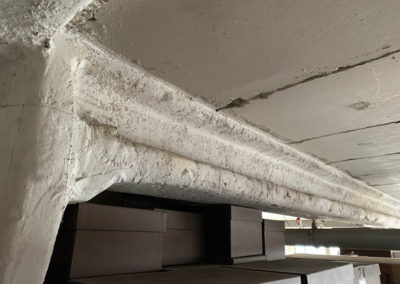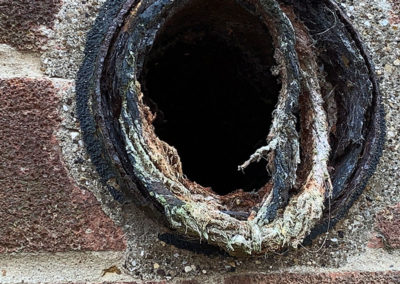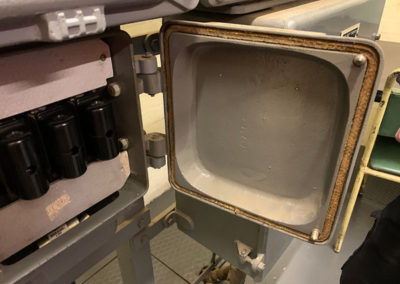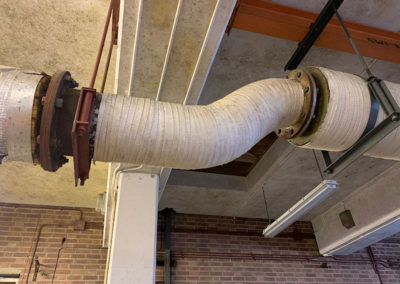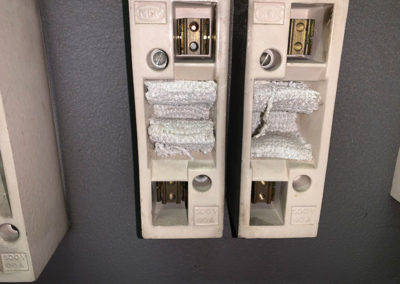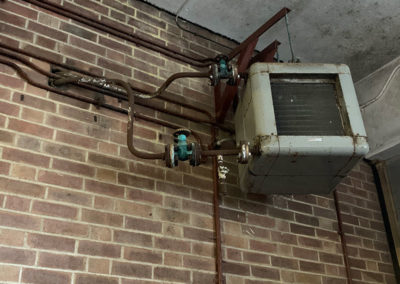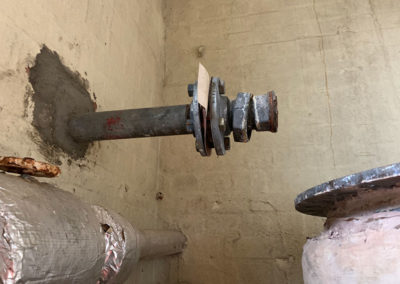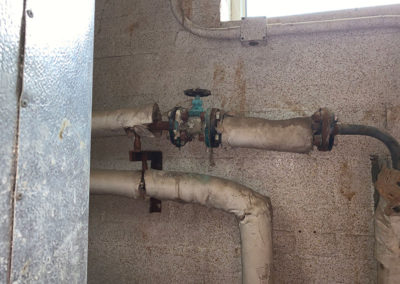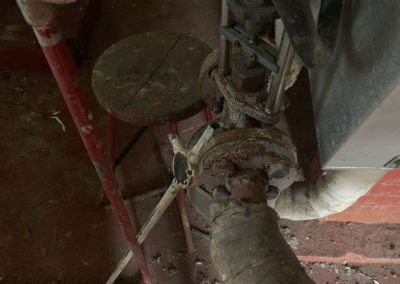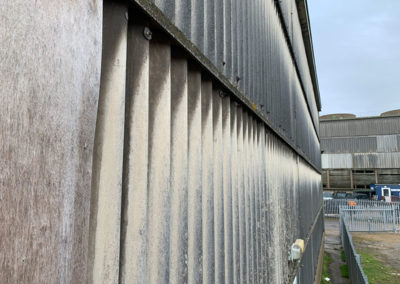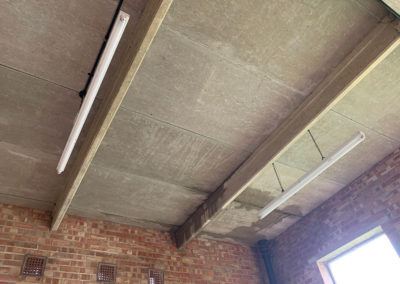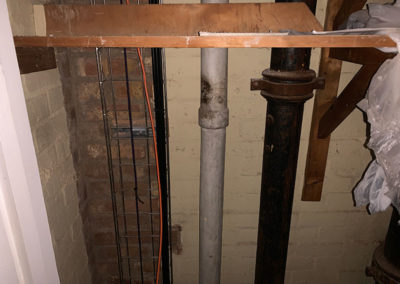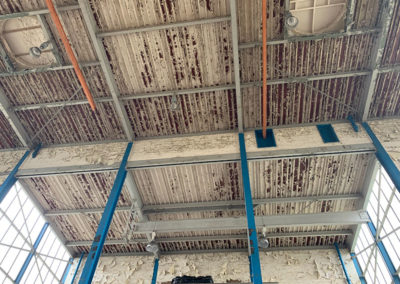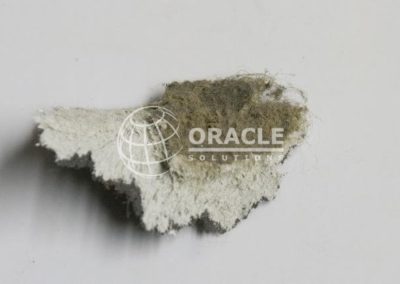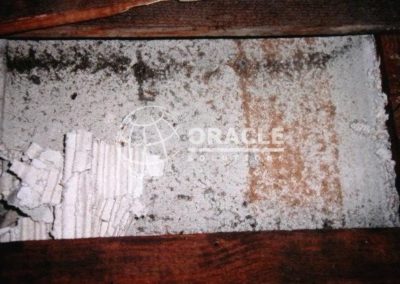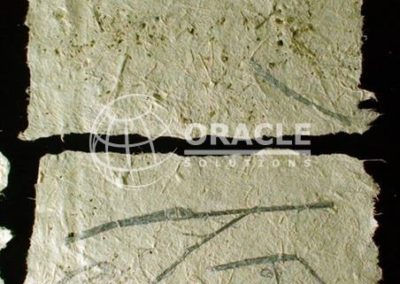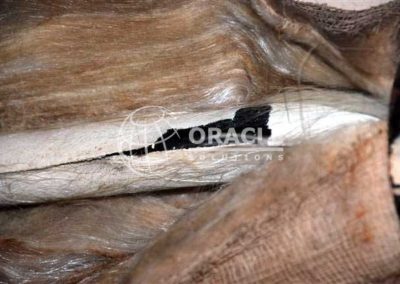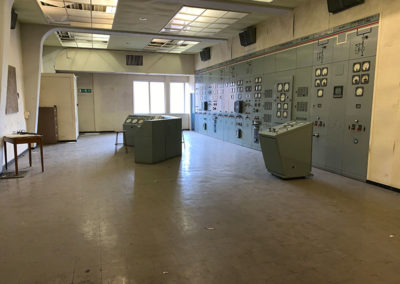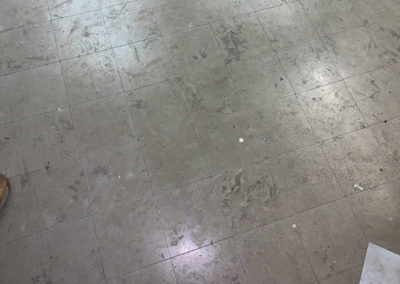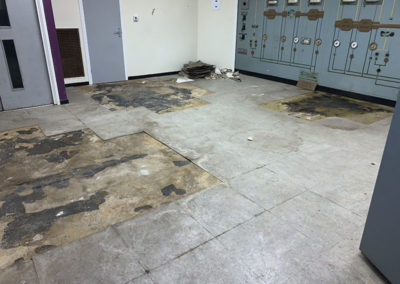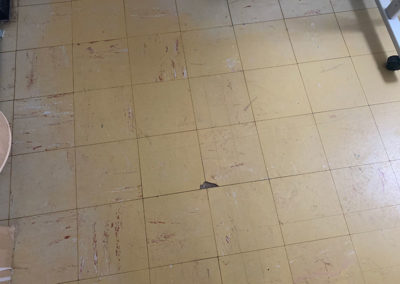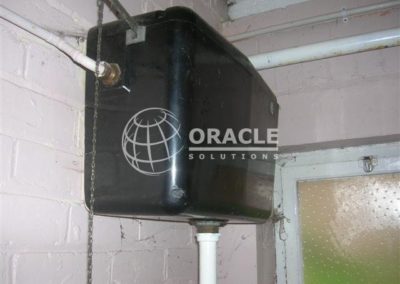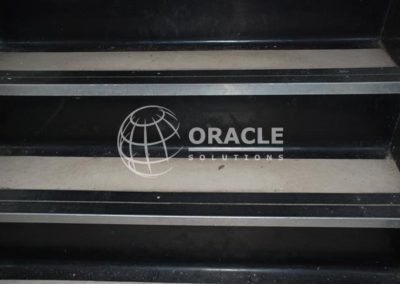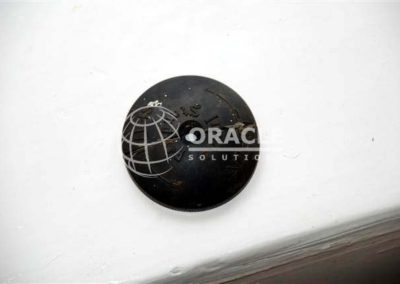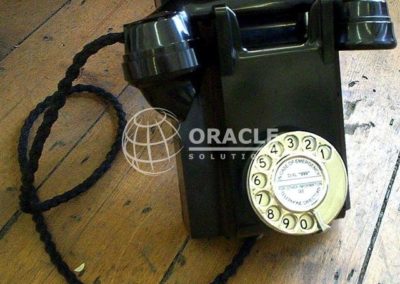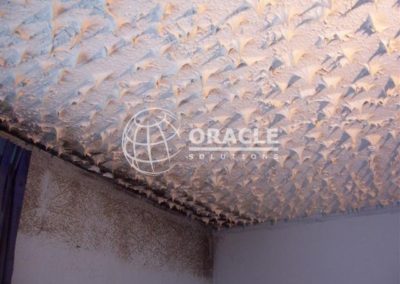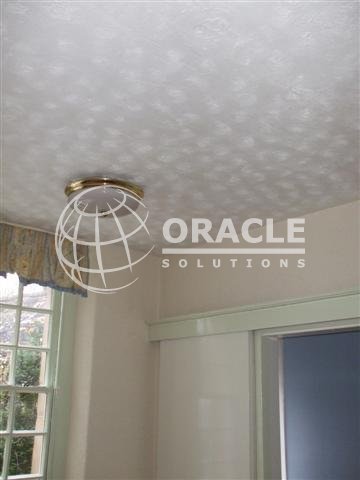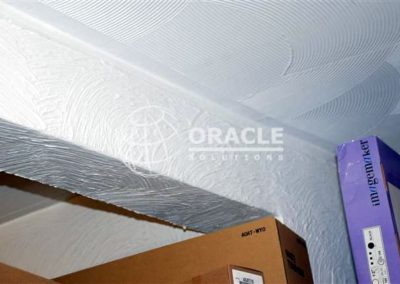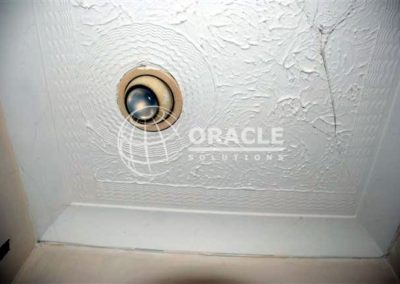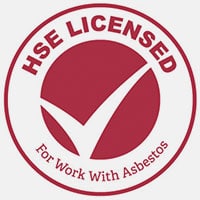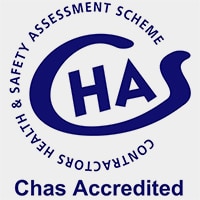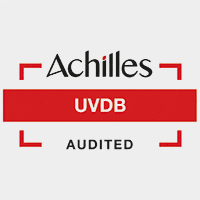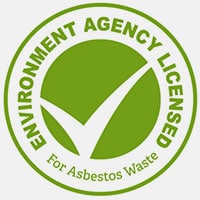What Does Asbestos Look Like? And How to Identify it
Asbestos containing building and construction materials. How they look and how you can identify them.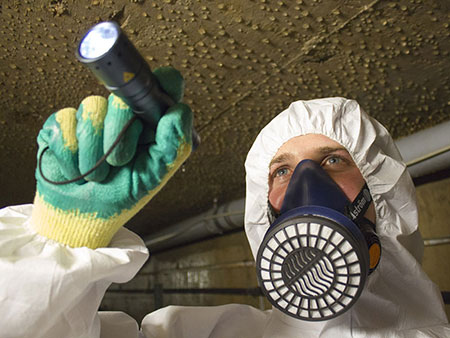 There are over 5000 different products that are known to contain asbestos. This page is designed to give you an introduction on the construction and building materials that have been known to contain asbestos. If you are looking for what raw asbestos looks like then take a look at the section about ‘What is asbestos?‘.
There are over 5000 different products that are known to contain asbestos. This page is designed to give you an introduction on the construction and building materials that have been known to contain asbestos. If you are looking for what raw asbestos looks like then take a look at the section about ‘What is asbestos?‘.
We have taken a look at the most common asbestos construction and building materials. There are far too many to list. Each section gives you a brief introduction to the specific asbestos material and its properties. We then show you the main features to look out for which may help you identify these types of asbestos.
What Does Asbestos Look Like?
You must remember that asbestos comes in all shapes, sizes and finishes and knowing what asbestos looks like is a very big subject.
For example, asbestos can appear as a loose, fluffy material that resembles candyfloss or attic insulation. Depending on the type, it can often have a blue-grey, whitish, or brown color. In solid forms, asbestos may look like corrugated cement sheets, insulation boards, or textured coatings with a fibrous or dusty appearance.
This guide is just a basic introduction to what asbestos looks like and only covers asbestos in a generally good condition. Knowing what asbestos looks like when it has been damaged and is in very small sizes or debris is much harder, and an expert surveyor is needed to make a positive identification.
Remember, although having some knowledge to help you identify asbestos is an advantage, it is always the safest option and recommended that if you need to confirm the presence of asbestos for any reason that you get help from a professional UKAS accredited (inspection body 4600) asbestos surveying company. Asbestos surveying and knowing where to look and how to positively identify asbestos is a skilled profession. It’s a profession that takes years of training and experience to master. If you’re not sure, give us a call. We are on hand for fast and free advice.
Asbestos Boards
- Known as: Insulating board (AIB), board, Asbestolux
- Asbestos content: 15 – 25%
- Other main content: Calcium silicate
- Main asbestos type: Amosite (Brown) asbestos
- Main colours: Light & dark grey
- Density: Medium to soft
- Damage potential: Easy, high
- Asbestos fibre release potential: High
- Timeline Manufacture & Usage: 1880’s – 1980
Asbestos boards can vary with asbestos content and have been known to contain various asbestos fibre types. It can come in various colours such as pink. These colour variations are unusual. It is readily painted and may have an outer coloured finish. The following photographs show how asbestos boards generally look which will help you to identify asbestos of this type. To better understand the types of products, uses and where it can be used take a look at Where can asbestos be found?
Asbestos Thermal Insulation:
- Known as: Insulation, pipe lagging, sectional, hand applied, caposite
- Asbestos content: 6 – 85%
- Other main content: Magnesia & calcium silicate
- Main asbestos type: Chrysotile (White) asbestos, Amosite (Brown), Crocidolite (Blue)
- Main colours: White, brown, grey & pink
- Density: Very low & soft
- Damage potential: Easy, high
- Asbestos fibre release potential: High
- Timeline Manufacture & Usage: 1880’s – 1970’s
Asbestos thermal can vary with asbestos content and has been known to contain all asbestos fibre types. This product comes in various colours and finishes and has been known to contain many different non asbestos materials. The following photographs show how asbestos thermal insulation generally looks. To better understand the types of products, uses and where it can be used take a look at Where can asbestos be found?
Asbestos Sprayed Insulation:
- Known as: Sprayed insulation, coating, limpet
- Asbestos content: 55 – 85%
- Other main content: Portland cement
- Main asbestos type: Chrysotile (White) asbestos, Amosite (Brown), Crocidolite (Blue)
- Main colours: White, brown, grey & pink
- Density: Very low & soft
- Damage potential: Easy, high
- Asbestos fibre release potential: High
- Timeline Manufacture & Usage: 1880’s – 1974
Asbestos sprayed insulation can vary with asbestos content and has been known to contain all asbestos fibre types. This product comes in various colours and finishes and has been known to contain many different non asbestos materials. The following photographs show how asbestos sprayed insulation generally looks. To better understand the types of products, uses and where it can be used take a look at Where can asbestos be found?
Asbestos Textiles:
- Known as: Textiles, rope, gasket, yarn, string, blanket, cloth
- Asbestos content: Approaching 100%
- Other main content: Usually none
- Main asbestos type: Chrysotile (White) asbestos
- Main colours: White
- Density: Medium & soft
- Damage potential: Easy, high
- Asbestos fibre release potential: Medium
- Timeline Manufacture & Usage: 1880’s – 2000
Asbestos textiles can vary with asbestos content and have been known to contain all asbestos fibre types. The following photographs show how asbestos textiles generally looks. To better understand the types of products, uses and where it can be used take a look at Where can asbestos be found?
Asbestos Gaskets & Washers:
- Known as: Gaskets, washers, CAF (compressed asbestos fibre)
- Asbestos content: 90%
- Other main content: Heat resistant binders
- Main asbestos type: Chrysotile (White) asbestos
- Main colours: Red, green, pink
- Density: Medium
- Damage potential: Medium
- Asbestos fibre release potential: Low
- Timeline Manufacture & Usage: 1880’s – 2000
Asbestos gaskets and washers come in various colours and finishes. The following photographs show how asbestos gaskets and washers generally looks. To better understand the types of products, uses and where it can be used take a look at Where can asbestos be found?
Asbestos Cement:
- Known as: Cement, sheeting, profiled sheeting, cladding, panels
- Asbestos content: 10 – 25%
- Other main content: Portland cement, cellulose
- Main asbestos type: Chrysotile (White) asbestos
- Main colours: Light & dark grey
- Density: High
- Damage potential: Low
- Asbestos fibre release potential: Low
- Timeline Manufacture & Usage: 1880’s – 2000
Asbestos cement comes in many different finishes and products. The following photographs show how asbestos cement generally looks. To better understand the types of products, uses and where it can be used take a look at Where can asbestos be found?
Asbestos Paper:
- Known as: Paper, lining, backing, cardboard
- Asbestos content: 100%
- Other main content: None
- Main asbestos type: Chrysotile (White) asbestos
- Main colours: White, light brown
- Density: Low
- Damage potential: High
- Asbestos fibre release potential: Medium
- Timeline Manufacture & Usage: 1880’s – 2000
Asbestos paper comes in many different finishes and products. The following photographs show how asbestos paper generally looks. To better understand the types of products, uses and where it can be used take a look at Where can asbestos be found?
Asbestos Vinyl:
- Known as: Vinyl, thermoplastic, floor tiles
- Asbestos content: 2 – 20%
- Other main content: Magnesium, PVC
- Main asbestos type: Chrysotile (White) asbestos
- Main colours: All colours
- Density: Low
- Damage potential: Low
- Asbestos fibre release potential: Low
- Timeline Manufacture & Usage: 1880’s – 2000
Asbestos vinyl generally looks like linoleum and plastic floor tiles. The following photographs show how asbestos vinyl generally looks. To better understand the types of products, uses and where it can be used take a look at Where can asbestos be found?
Asbestos Resin:
- Known as: Resin, bakelite, plastic
- Asbestos content: 1 – 10%
- Other main content: Plastic & bakelite
- Main asbestos type: Chrysotile (White) asbestos, Amosite (Brown) asbestos
- Main colours: All colours (Mainly black)
- Density: Low
- Damage potential: Low
- Asbestos fibre release potential: Low
- Timeline Manufacture & Usage: 1880’s – 1990’s
Asbestos resins are generally black and look similar to hard plastic. The following photographs show how asbestos resin generally looks. To better understand the types of products, uses and where it can be used take a look at Where can asbestos be found?
Asbestos Decorative Coating:
- Known as: Textured coating, artex, pebblecoat
- Asbestos content: 3 – 5%
- Other main content: Plaster, grit
- Main asbestos type: Chrysotile (White) asbestos
- Main colours: All colours (Mainly white)
- Density: Low
- Damage potential: Low
- Asbestos fibre release potential: Low
- Timeline Manufacture & Usage: 1880’s – 1990’s
Asbestos textured coatings generally look like textured paint finish. The following photographs show how asbestos textured coatings generally look. To better understand the types of products, uses and where it can be used take a look at Where can asbestos be found?
Our guarantees to you
Oracle Solutions are fully licensed, accredited, certified and insured – and we work tirelessly to deliver the best service for absolutely anything asbestos!

